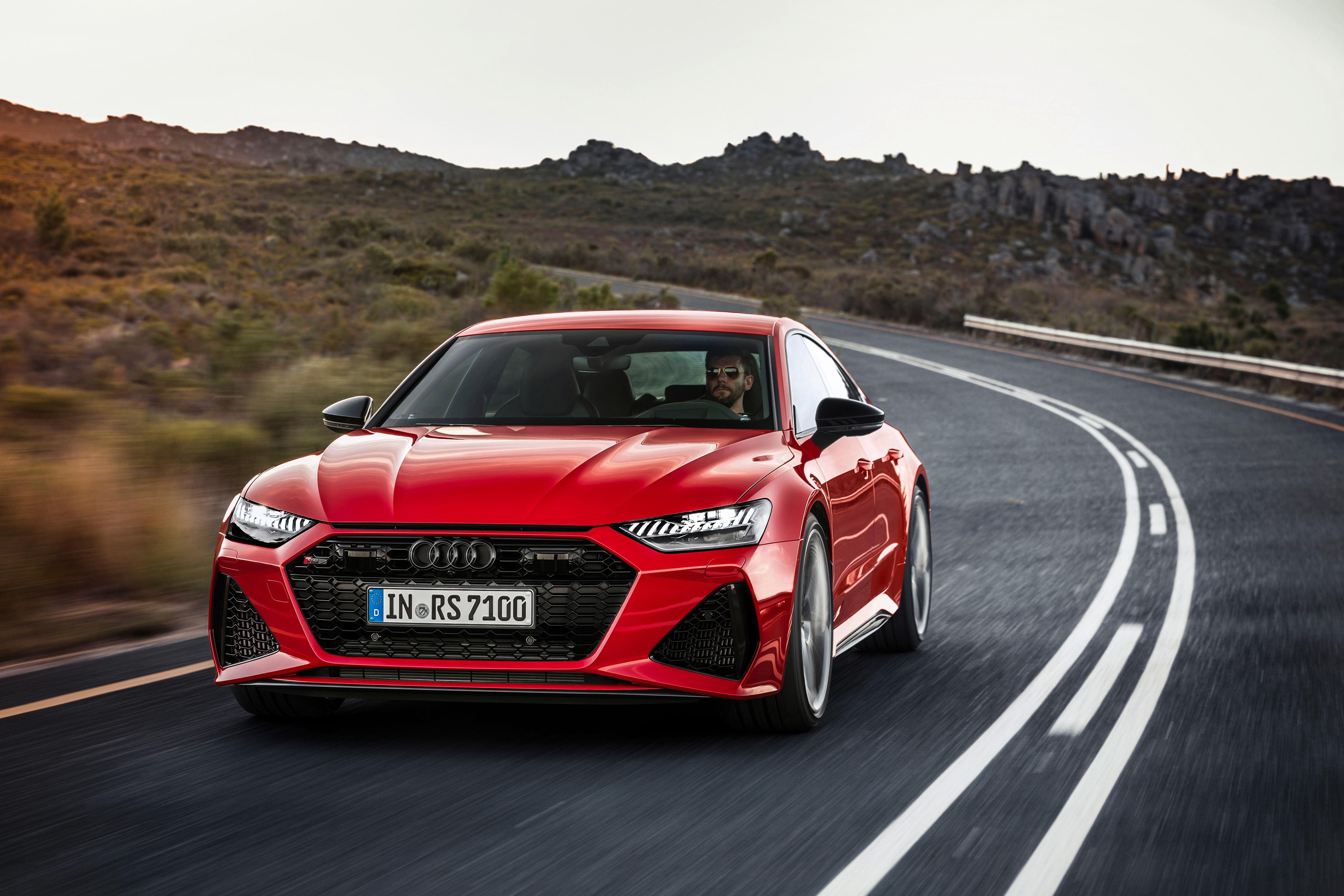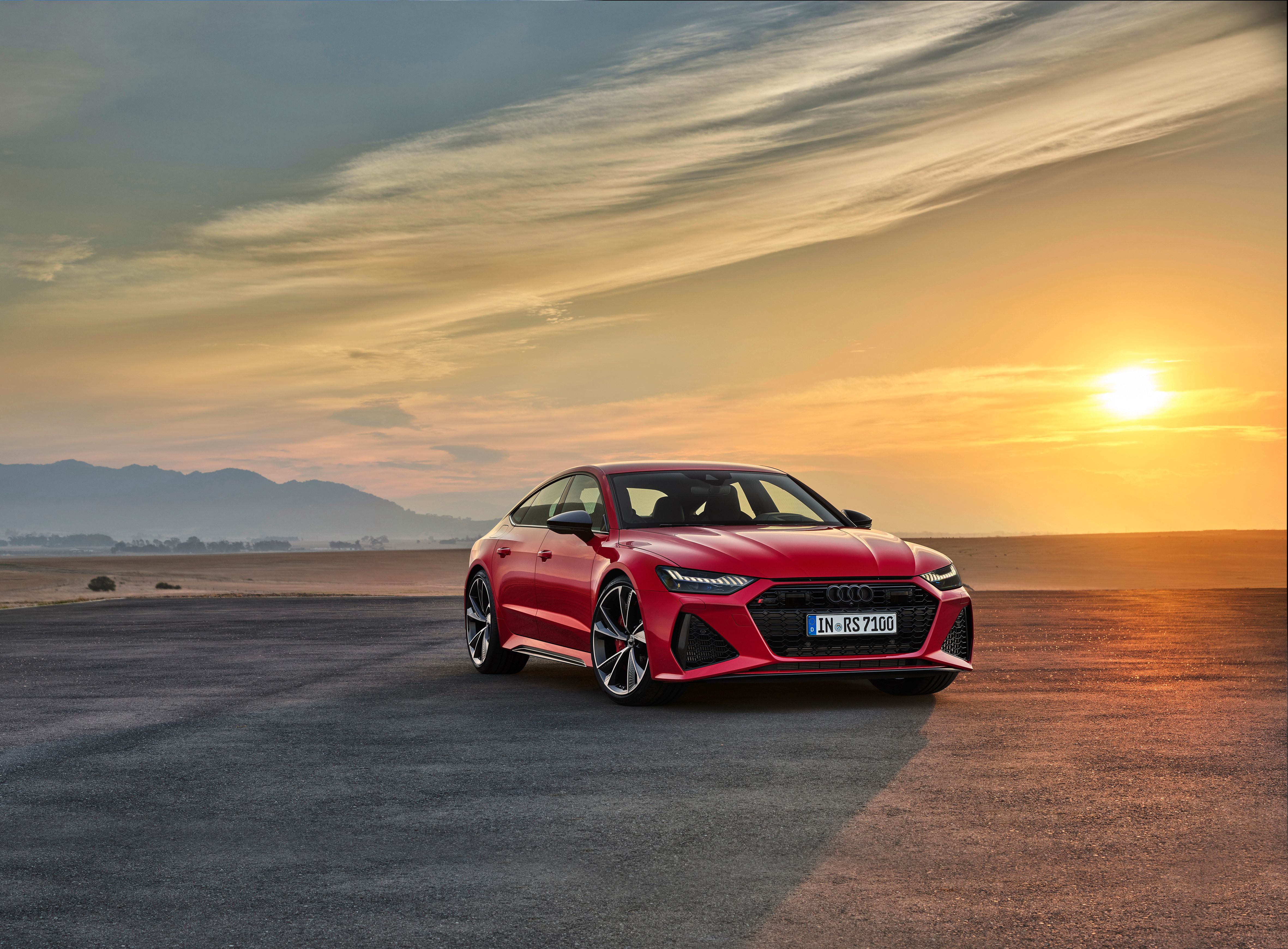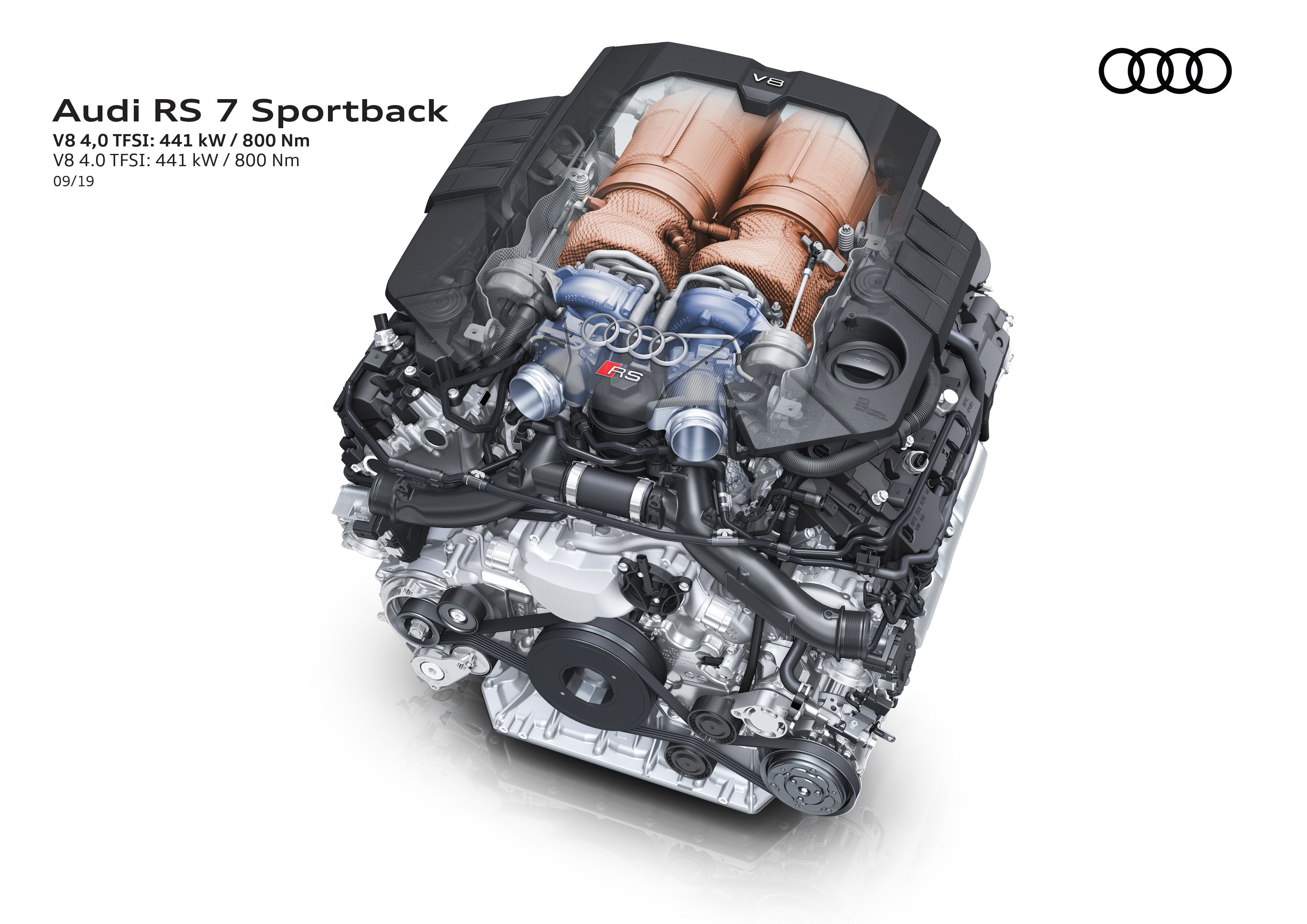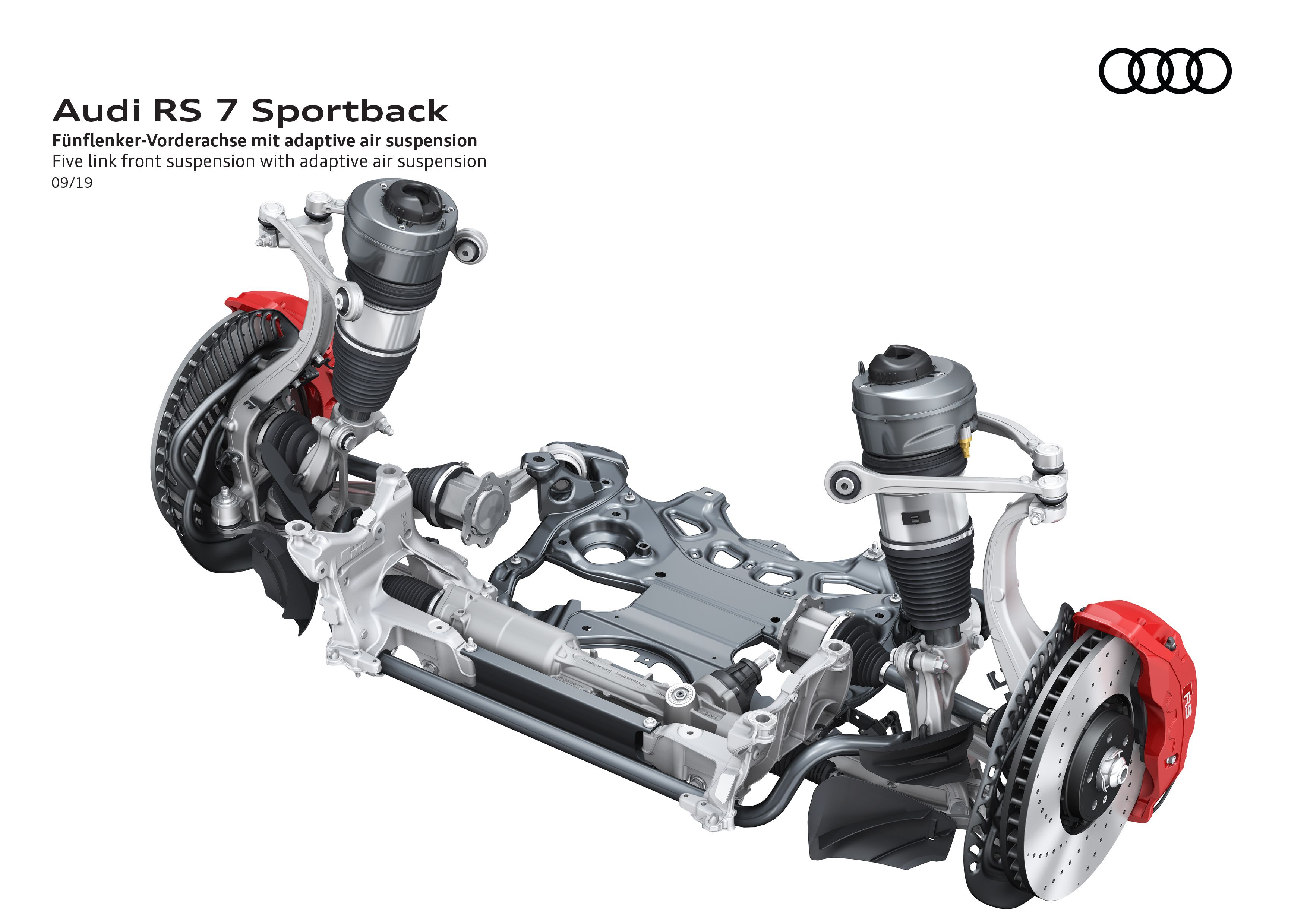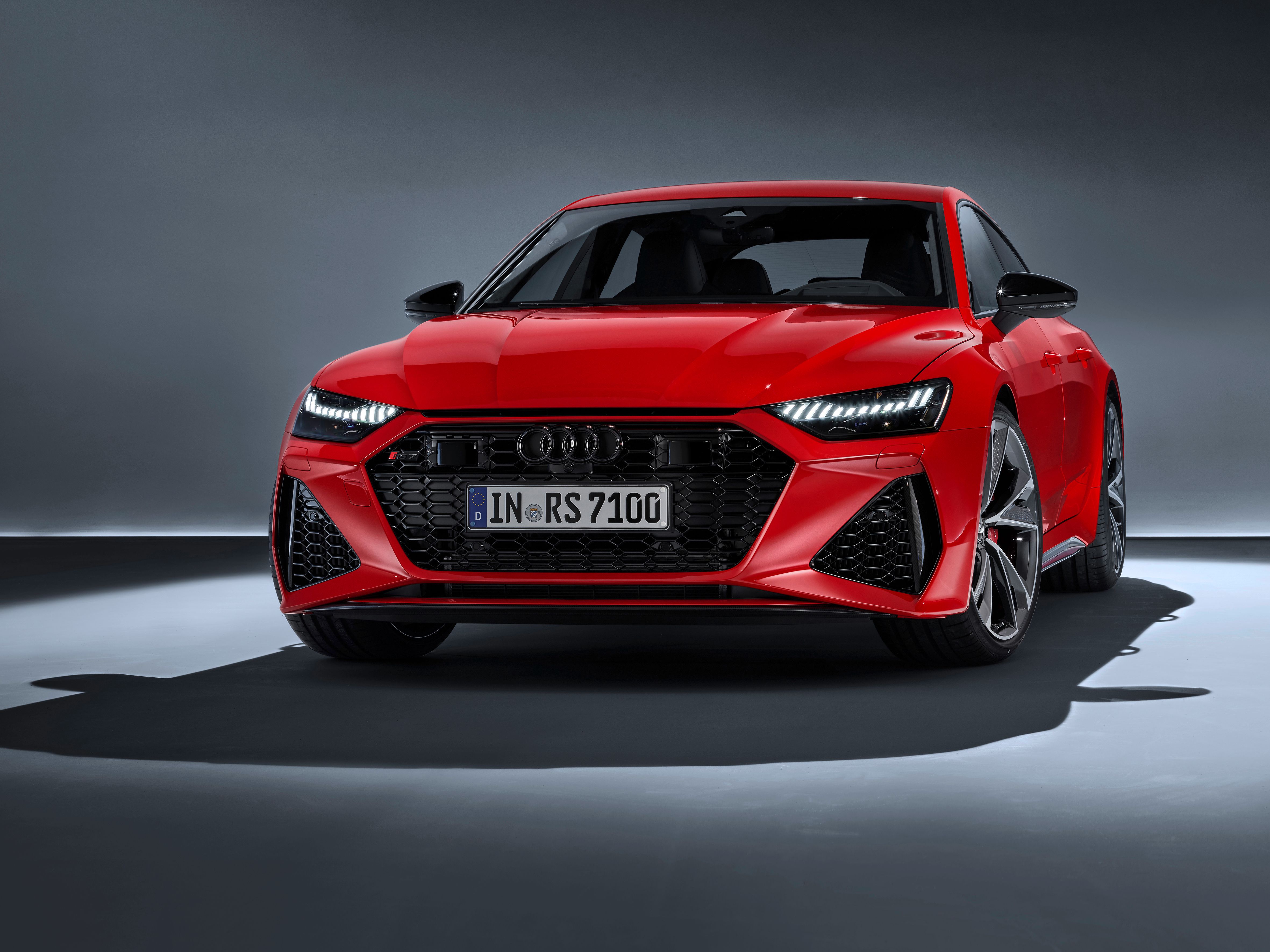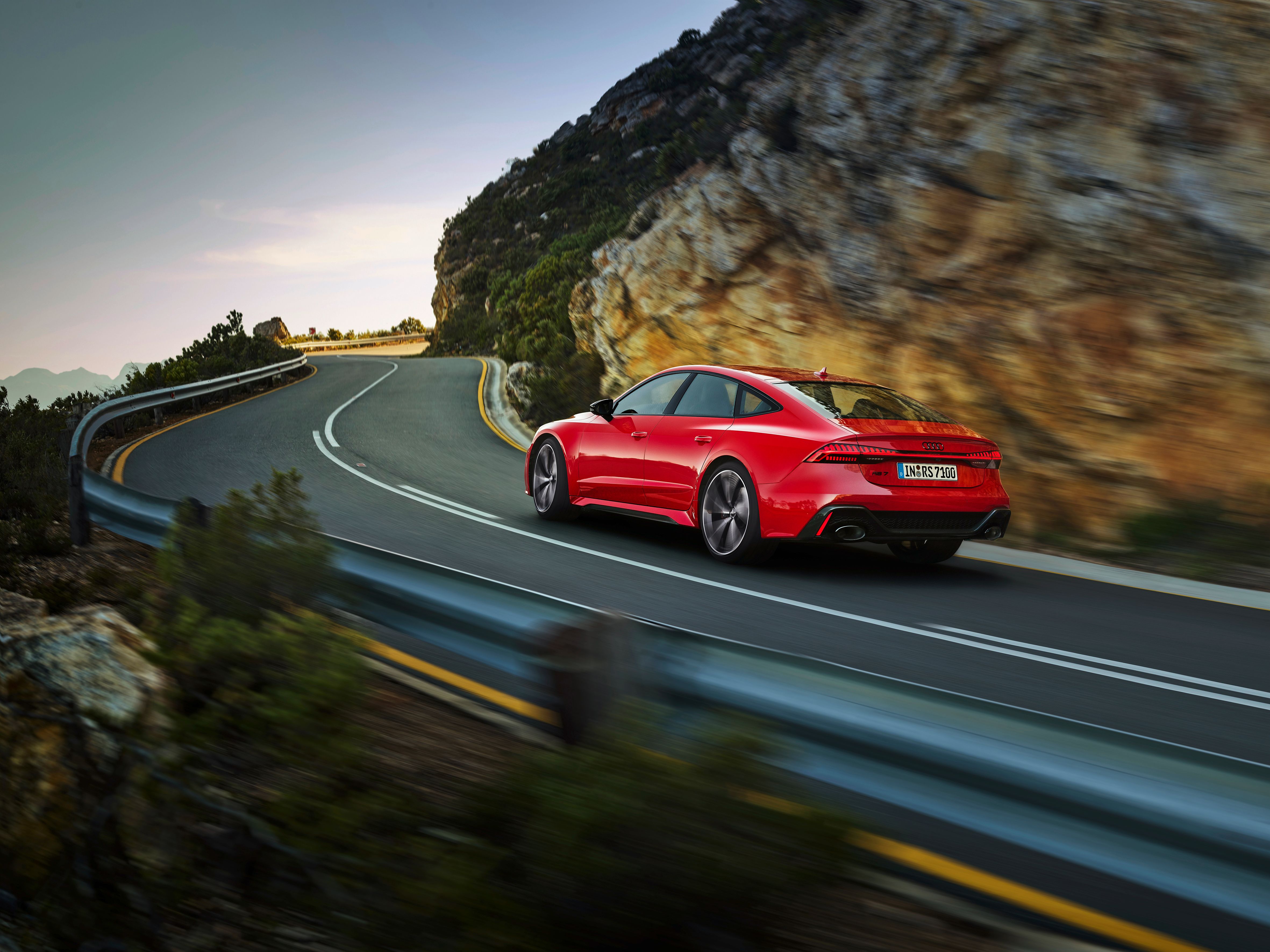For the longest time, the RS7 has represented Audi in the high-end performance saloon segment. It’s done its job about as well as it can, but there was always something about the RS7 that somehow kept it from reaching its full potential. It has never lacked in power or driving dynamics so it’s neither of those things. What kept the RS7 from completely standing out in a sea of high-performance four-door saloons was its design.
To be clear, past RS7s didn’t look bad; they just didn’t stand out, either. They looked like your typical era-correct Audis that just happened to come with bigger bodies and far more luxurious interiors. Audi wants to change that narrative, and with the arrival of the 2020 RS7 Sportback, it just might have found that perfect balance of design and performance that could change the way we look at the RS7 Sportback moving forward.
Before we get to the fresh new vibe it’s exuding, it’s important to establish certain characteristics that add layers to the new RS7’s appeal. The four-door saloon, for example, draws power from a hybridized 4.0-liter twin-turbocharged V-8 engine that works in concert with a 48-volt electrical system. This new setup produces an impressive 591 horsepower and 590 pound-feet of torque. Those numbers represent increases of 40 horsepower and 74 pound-feet of torque, respectively.
As far as performance goes, the 2020 RS7 Sportback can sprint from 0 to 60 mph in just 3.6 seconds — 0.3 seconds faster than its predecessor — and while top speed is limited to just 155 mph, Audi’s Dynamic and Dynamic Plus packages can raise that number to 174 mph and 189.5 mph, respectively.
The current Mercedes-AMG GT 63 4MATIC counts as one of the new RS7’s chief rivals, and while the RS7 has the edge in output — the Merc-AMG’s V-8 setup produces 577 ponies and 590 pound-feet of torque — the AMG GT 4MATIC remains a tad faster than its Audi counterpart with a sprint-to-60-mph time of 3.4 seconds and a top speed of 193 mph. Regardless of the performance edge, the new RS7 Sportback now has heavier gloves to punch its rival with.
Agility and all-around driving dynamics are two key elements you’ll find in any Audi model. The all-new RS7 Sportback can flex those qualities, too, especially when fitted with the optional RS Sport suspension and Dynamic Ride Control. The advanced suspension setup, in particular, helps reduce pitch and body roll. Among other things, that should make the second-generation RS7 that much more fun to drive.
Audi’s well within its rights to tout the new RS7’s power and driving characteristics. The German automaker has something to brag about in those departments. But if Audi really wants to puff its chest with regards to the RS7 Sportback, it doesn’t have to go far than the saloon’s all-new looks.
|
|
ids=860722,860723 |
no_overlay=false |
before_label=2020 Audi RS7 Sportback |
after_label=2018 Audi RS7 Sportback> |
To say that the new Audi RS7 Sportback looks gorgeous is an understatement to what Audi’s designers accomplished with its looks.
Sure, there are still specific design elements that are carried from other Audi models — the large blacked-out grille is a good example — but, by and large, there’s a freshness to the RS7 Sportback’s new styling that it didn’t have before. The two triangular vents on either side of the fascia are good examples of this. The old RS7 carried something similar, but they were, to be a little generous, aesthetically underwhelming. These vents are the complete opposite; they’re edgy and full of character.
The specific cuts Audi created in the front bumper to accommodate the shape of the vents adds another layer of aggressiveness to the design proceedings. Even the headlamps, with those eyelash-looking LEDs, look completely in character with the new RS7 Sportback’s design. Notice, too, the slit-like vent just above the front grille that sends air directly to the engine underneath the hood. It’s a common design element that Audi’s using on a lot of new models — the equally new RS6 Avant has it, too — but it does not feel recycled on the RS7 Sportback.
The all-new Audi RS7 looks like its own model and not an adaptation of existing design philosophies wrapped in a bigger body. If you’re going to buy this model — it will be available in the U.S. sometime in the middle of next year — you’re not just buying it because it’s an Audi. You’re not buying it solely because of its power and performance numbers, as well as its driving dynamics. These things play huge roles in the overall product, sure, but if you’re going to buy the new RS7 Sportback, you’re also buying it because it looks like a stunner
Or simply put, it now looks like what the Audi RS7 Sportback should have looked like this whole time.
Further reading
Read our full review on the 2016 Audi RS7 Sportback Performance.
Read our full review on the 2016 Audi RS7.

